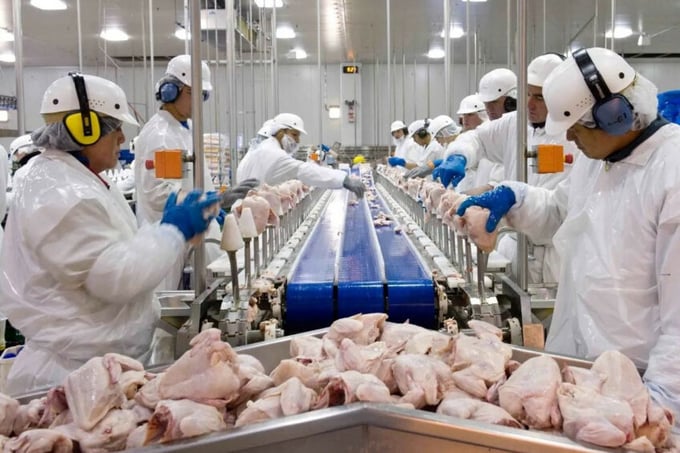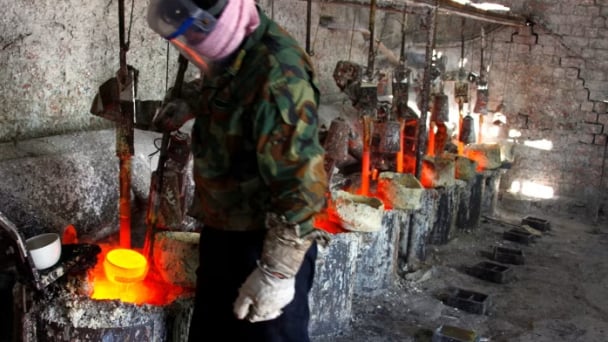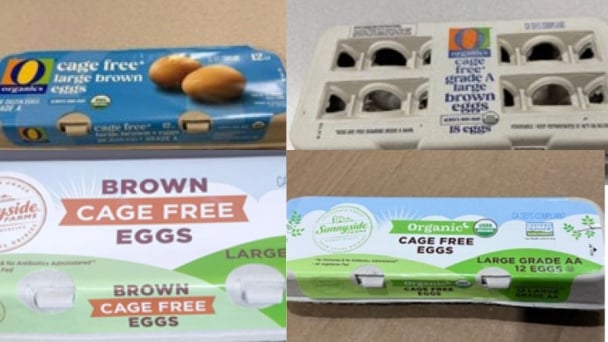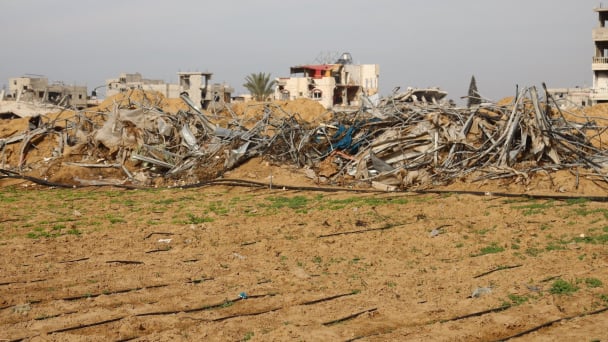June 15, 2025 | 18:27 GMT +7
June 15, 2025 | 18:27 GMT +7
Hotline: 0913.378.918
June 15, 2025 | 18:27 GMT +7
Hotline: 0913.378.918

'The average price was strongly influenced by the growth in shipments to high value-added markets, such as Japan,' said ABPA president Ricardo Santin. Photo: ASGAV.
According to data from the Brazilian Association of Animal Protein (ABPA), the average price of exported chicken reached US$2,089 in August, an 8.9% increase compared to the same period last year, when it was US$1,918.
This is the highest average price since August 2022, when US$2,106 per tonne was recorded. The World Health Organisation (WHO) declared the end of the Covid-19 pandemic in May 2023.
“The average price was strongly influenced by the growth in shipments to high value-added markets, such as Japan,” said ABPA president Ricardo Santin.
From January to August, the volume of chicken meat shipped reached 3.432 million tonnes, which is 1.8% lower compared to the same period last year, when it was 3.495 million tonnes.
Revenue recorded in the first 8 months of 2024 reached US$6.319 billion, which is 7.8% lower than the same period in 2023 when it was US$6.858 billion.
“Specific effects of Newcastle Disease contributed to the lower result, especially in shipments to China and Mexico. However, the monthly flow recorded so far remains in line with the average for the 12 months of 2023, stabilising around 430,000 tonnes,” he added.
In the breakdown by destination, the United Arab Emirates took the top spot, importing 39,200 tonnes from Brazil in August, a figure 17% lower in comparison to the same months last year.
By contrast, shipments to Japan grew by 32%, reaching 39,000 tonnes. This was followed by South Africa with 28,100 tonnes (+11%), Saudi Arabia with 26,900 tonnes (-28%), and China, now in fifth place, with 16,300 tonnes (-69%).
(PW)

(VAN) Extensive licensing requirements raise concerns about intellectual property theft.

(VAN) As of Friday, a salmonella outbreak linked to a California egg producer had sickened at least 79 people. Of the infected people, 21 hospitalizations were reported, U.S. health officials said.

(VAN) With the war ongoing, many Ukrainian farmers and rural farming families face limited access to their land due to mines and lack the financial resources to purchase needed agricultural inputs.

(VAN) Vikas Rambal has quietly built a $5 billion business empire in manufacturing, property and solar, and catapulted onto the Rich List.

(VAN) Available cropland now at less than five percent, according to latest geospatial assessment from FAO and UNOSAT.

(VAN) Alt Carbon has raised $12 million in a seed round as it plans to scale its carbon dioxide removal work in the South Asian nation.

(VAN) Attempts to bring down the price of the Japanese staple have had little effect amid a cost-of-living crisis.